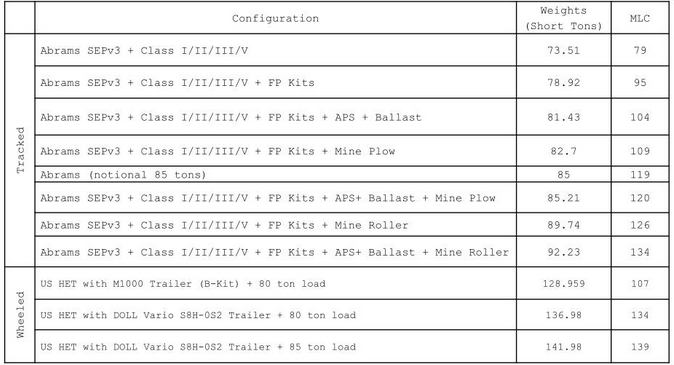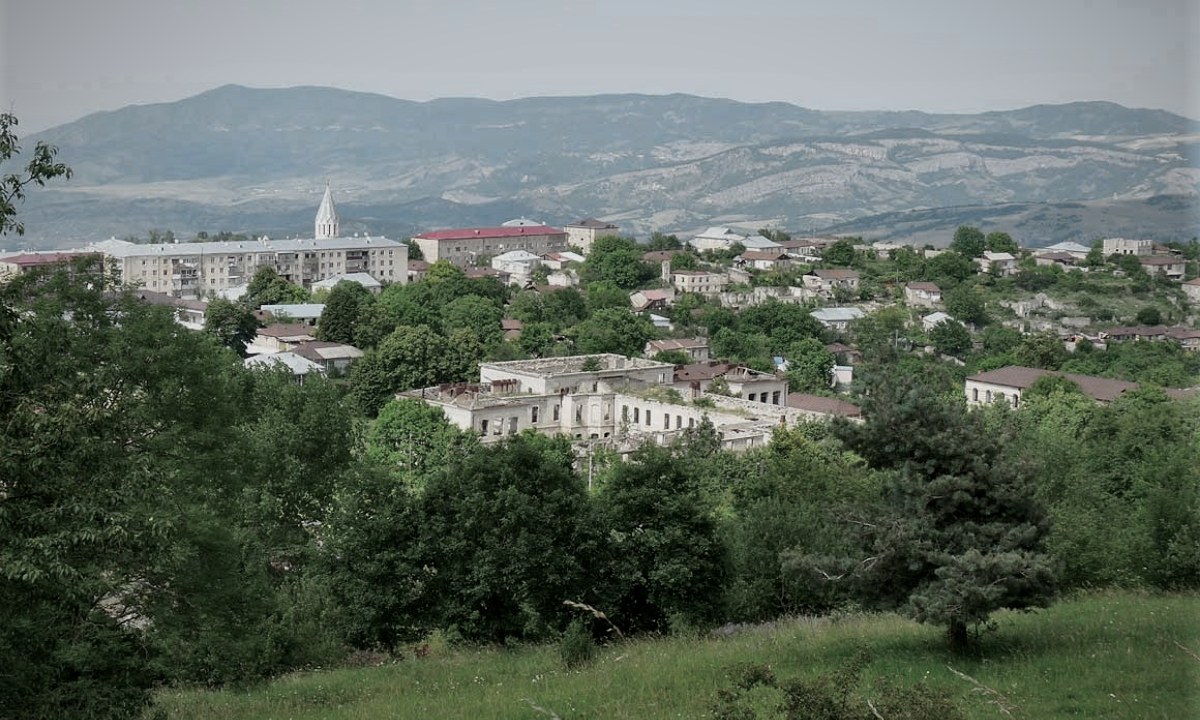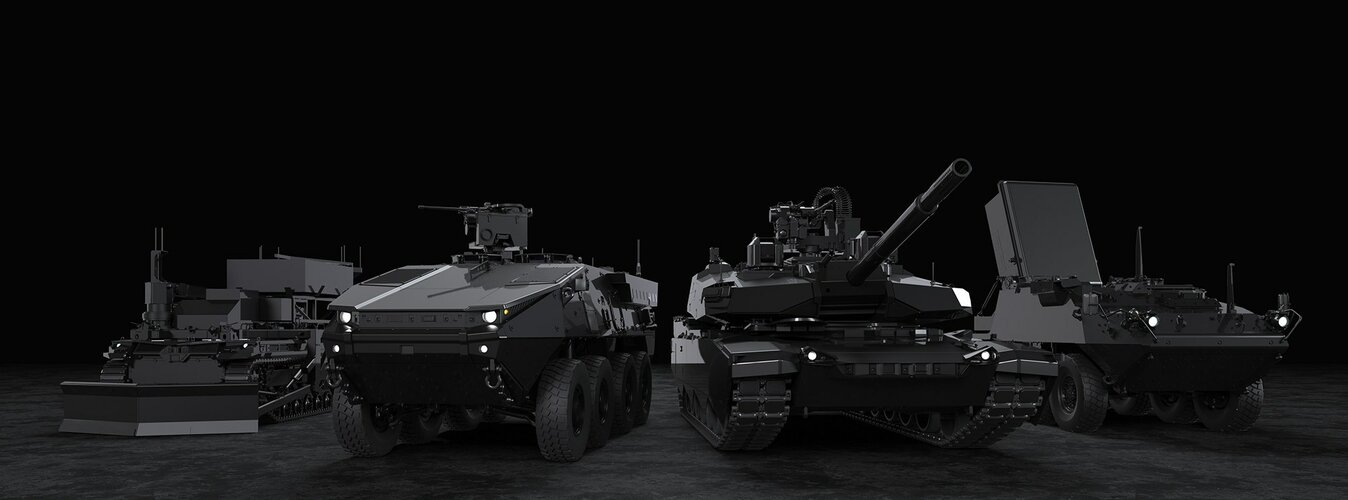- Joined
- 27 September 2006
- Messages
- 6,417
- Reaction score
- 6,815
We should not forget that the main opponent with tank forces is having a pretty tough time right now.
The US has had three decades of limited warfare either in Iraq or the Balkans. Unsurprisingly the large armoured force built up in the Cold War was more than sufficient for this task.
Resurgent Russia's answer to the M1 is the Armata tank which it cannot actially produce.
Unless the US is forced again to fight in Korea or elsewhere in Asia on land it is unlikely to encounter the PLA in battle.
US allies like Egypt and Saudi Arabia have more rhan enough tanks of their own. France, Germany, Italy, Poland and the UK can make their own tanks if they choose.
The US needs to keep ahead of the game by maintaining its M1 force and developing improvements but M1 is still the best tank on the block.
The US has had three decades of limited warfare either in Iraq or the Balkans. Unsurprisingly the large armoured force built up in the Cold War was more than sufficient for this task.
Resurgent Russia's answer to the M1 is the Armata tank which it cannot actially produce.
Unless the US is forced again to fight in Korea or elsewhere in Asia on land it is unlikely to encounter the PLA in battle.
US allies like Egypt and Saudi Arabia have more rhan enough tanks of their own. France, Germany, Italy, Poland and the UK can make their own tanks if they choose.
The US needs to keep ahead of the game by maintaining its M1 force and developing improvements but M1 is still the best tank on the block.




